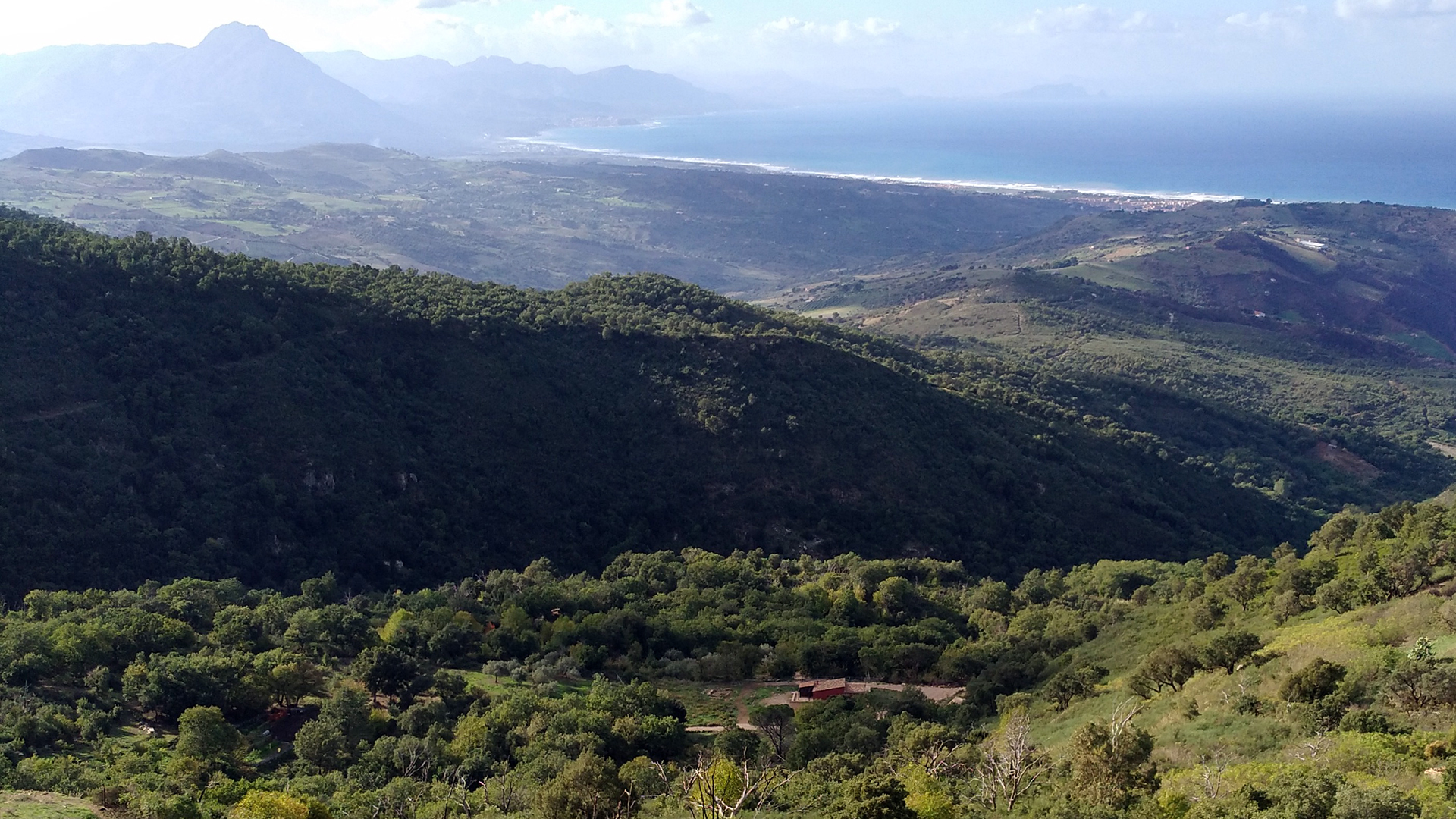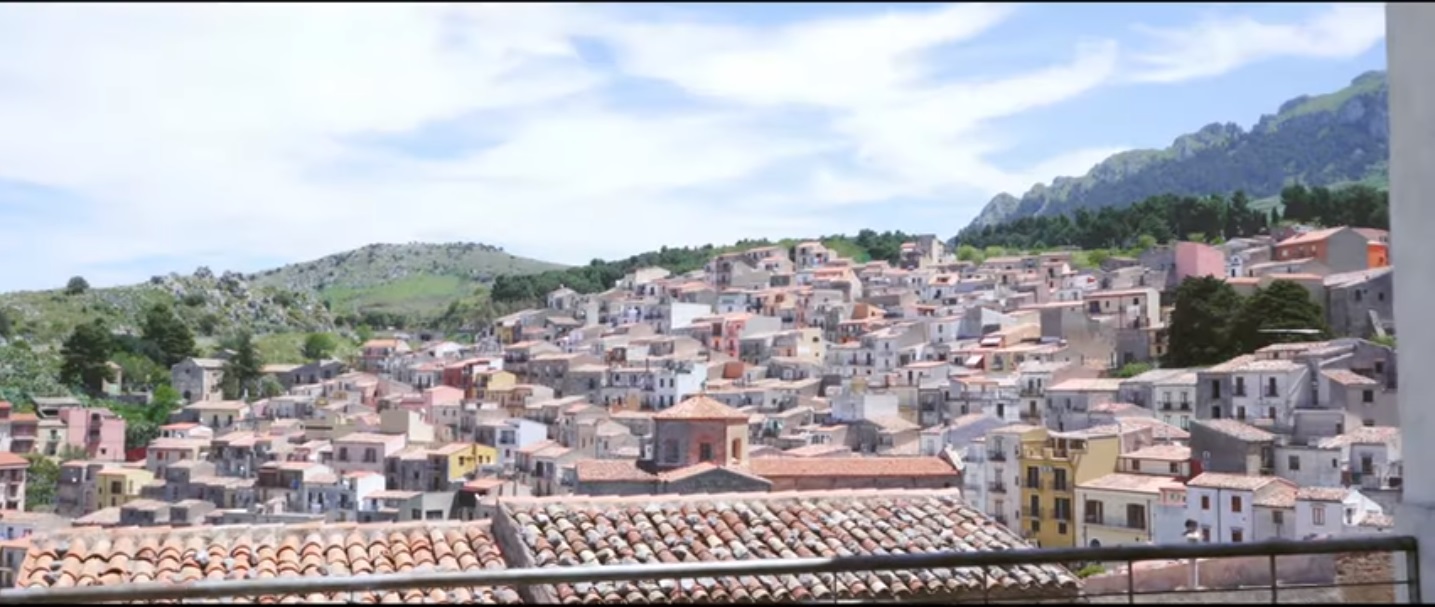How many stories about Gratteri, defined by those who discover it a hidden gem in the heart of Sicily.
To see it from the outside, it seems incredible that it can be inhabited by 911 people but the charm that distinguishes it, is perceived from the first steps within the medieval village. We are inside the Parco delle Madonie, in an area that overlooks the famous seaside towns of Cefalù and Lascari on one side, of Isnello and Collesano on the other.
The first infos about the inhabited center dates back to the period of Arab domination in Sicily, around the 9th century AD and they tell us of a center animated by intense commercial exchanges between the mountain and maritime areas, thanks to its strategic position, still visible today from any point in the town.
The history and expansion of Gratteri
Around the year 1000 the arrival of the Normans marked numerous changes in Sicily, changes that led to the creation of the abbeys of Sant’Anastasia and San Giorgio in Gratteri and the construction of the churches of Sant’Elia, San Nicolò and Sant ‘Icono. In the following centuries the city was managed by the diocese of Messina first and later Palermo, while the Ventimiglia noble family began to dominate these lands permanently from the fifteenth century.
According to a description by Benedetto Passafiume of 1645, the city was divided into an older nucleus, with a castle and surrounded by walls accessible by three doors, which corresponds to the medieval center, and a more recent nucleus, which corresponds to the subsequent expansion took place from the fifteenth century.
The medieval center was around the ancient castle, nowadays destroyed. From the castle, built on the rock of San Vito, it was possible to control the area below, up to the coast. The walls have long since disappeared, but it is possible to reconstruct the eastern route on the edge of the stream: the three gates correspond to the three bridges through which the village was accessed (ponte vecchio or “sottano”, today Ponte Silvio, bridge of Fantina or “di mezzo” and the new bridge or “soprano”) built at different times during the expansion of the medieval town.
The main access road to the town was represented by the one coming from the county of Collesano, with the last part of the path carved into the rock of the western slope of the fortress, and directed towards Gibilmanna and Cefalù. The main urban axis was the “Via della Santa” (currently Via Carlo Alberto), between the castle and the church of San Nicolò. From this road, secondary streets often branched out, which still today flow into irregular openings and blind alleys. The names of the medieval quarters (“di la scala”, “di San Vito”, “di lo castello”, “di la petra”, “di la Santa”) can also be derived from the “riveli” (parish file) of the 16th century. , “of the old earth”, “of the old bucciria”, “of San Nicolò” and “of the door ‘ranni”)
The church of San Michele Arcangelo or “greater ecclesia”, built in the area of the castle in the mid-fourteenth century, became the new center of the village. In the second half of the fifteenth century, the construction of the church of San Sebastiano gave rise to a new expansion of the town south-east of the castle. The districts “di lu sciumi”, “di Fantina”, and “di San Sebastiano” were born, connected to the medieval nucleus through the three bridges. At the end of the century the small church of the Crocifisso and that of Santa Caterina, both in the neighborhood of the “Scala”, are probably attributable.
From the sixteenth century, the arrival of the conventual friars, with the construction of the convent (1500) adjacent to the church of Santa Maria di Gesù, led to a new expansion of the town towards the north-east, in that “new part” .
The Grattara cave, The Sulita, Cucchia Fest and the crater on Mars
Located about 300 m from the town of Gratteri, right on the extreme slopes of Pizzo di Pilo at over 1000 meters above sea level rises the cave called “Grattara”, whose name probably contributed to giving the village its name.
The Grattara cave is an integral part of history and folklore, because in legend it is the seat of the Befana (“a vecchia strina”), the protagonist of an ancient fairy tale, which tells that the Befana had her house inside this cave and that on the last night of the year, evanescent and invisible, descended from the chimneys in the houses of the inhabitants of Gratter to fill their stockings with gifts.
Another great tradition of the place is “A Sulita“, a religious festival born during the Spanish domination in Sicily that has been repeated for more than 300 years during Good Friday within the Easter celebrations.
The “Cucchia Fest” is an event born in 2010 from the idea of some young locals. The culinary event was born with the intention of promoting the typical baked dessert (the “taralla” or soft Savoyard), combined with good homemade ice cream. The “tablespoon” is nothing more than a pair of Savoyardes which, like brioche, contain ice cream inside them. The word “tablespoon” derives from “incucchiare (the act of using tablespoon)” which in Italian is synonymous with joining. The “taralla”, made up of easily available ingredients (flour, eggs, sugar and yeast), being a cake easy to make, was prepared since ancient times by the women of Gratteri in the ancient ovens of the house whenever bread was made. Around the thirties the “taralla” was also proposed in the bars of Gratteri along with ice cream.
The strong taste of the “taralla” combined with the fresh and genuine taste of homemade ice cream make this product unique in its kind. In addition to the “taralle” during the event there are concerts, dances and various activities that involve everyone.
Among the “astronomical” curiosities, a 7 km diameter crater is dedicated to the town on the planet Mars. An almost unique case in the world

